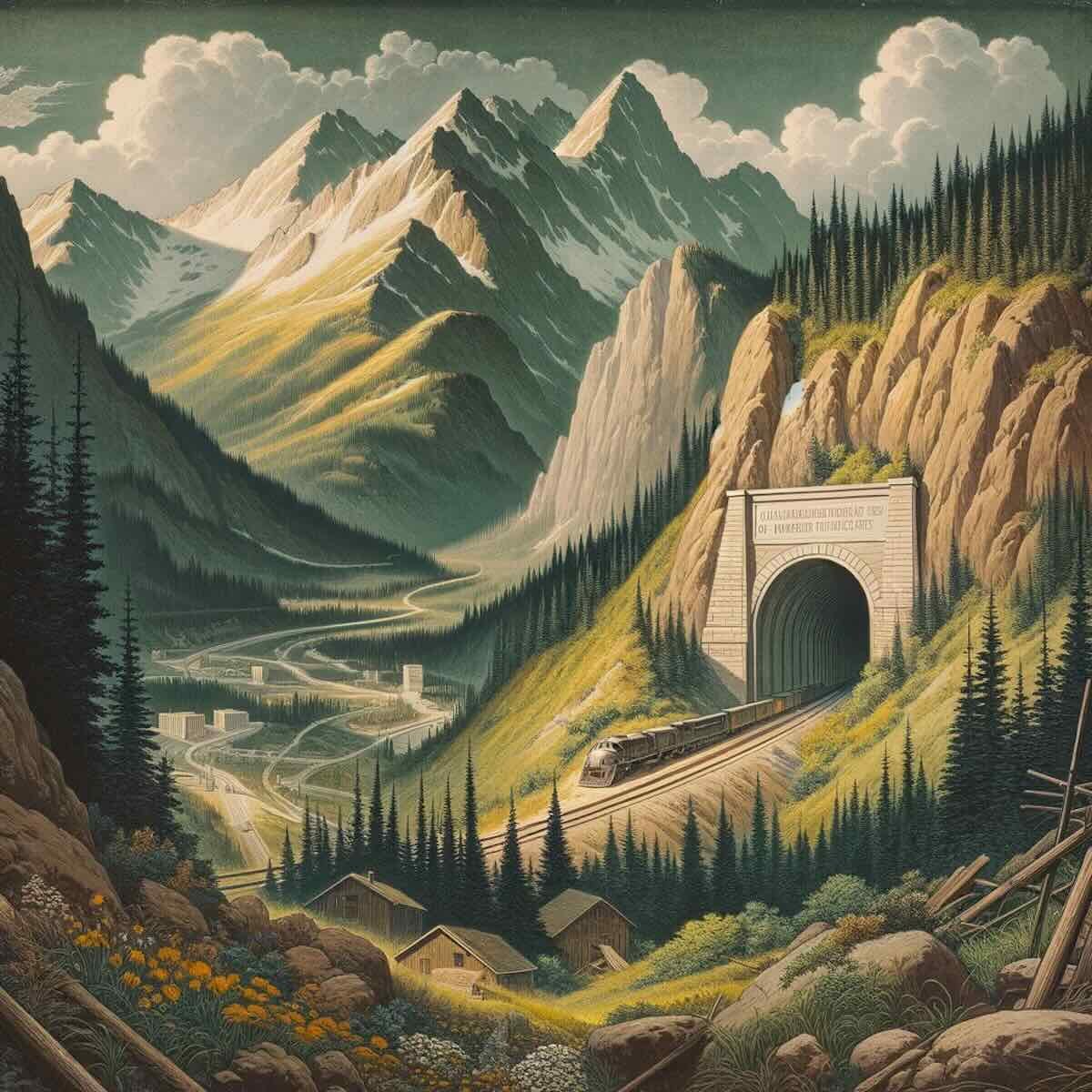Is There a Tunnel From Grand Lake to Estes?
In the majestic Rocky Mountains of Colorado, where myths and legends are as abundant as the natural beauty that surrounds them, a question often arises, sparking curiosity and wonder among locals and visitors alike: Is there a tunnel that connects Grand Lake to Estes Park? This intriguing inquiry delves into Colorado's rich history and its remarkable feats of engineering. Join us as we explore the reality behind this fascinating question.
The Legend of the Tunnel
The idea of a tunnel carving its way through the mountains to link Grand Lake and Estes Park captures the imagination. Grand Lake, with its tranquil waters, serves as the western gateway to the Rocky Mountain National Park, while Estes Park, a scenic town, offers a welcoming entrance to the park's eastern adventures. The notion of a direct subterranean route between these two iconic destinations is compelling, but is it based in reality?
Unraveling the Myth
Contrary to popular belief, there is no tunnel designed for vehicle or pedestrian traffic that directly connects Grand Lake to Estes Park. The myth likely originates from the existence of an engineering marvel in the vicinity: the Alva B. Adams Tunnel. This tunnel is a key component of the extensive Colorado-Big Thompson Project, showcasing a monumental effort to divert water across the Continental Divide.
The Alva B. Adams Tunnel: A Feat of Engineering
The Alva B. Adams Tunnel, stretching an impressive 13.1 miles (21 km), is not a passageway for travelers but a vital water conduit. Completed in 1947, it is central to the Colorado-Big Thompson Project, which aims to transfer water from the Western Slope to the arid regions of Northeastern Colorado. This project highlights the ingenuity required to address the challenges of water distribution in a state where water is a precious and often scarce resource.
The True Purpose and Impact
Far from being a romanticized underground passage, the tunnel serves as a testament to human determination and engineering skill, addressing the critical need for water in Colorado's climate. By facilitating water flow to areas in need, the Colorado-Big Thompson Project and the Alva B. Adams Tunnel have played significant roles in the state's agricultural productivity, urban development, and economic growth.
Reflecting on the Legacy
While the notion of a hidden tunnel for travelers remains a myth, the true story of the Alva B. Adams Tunnel is equally compelling. It underscores the complexities of life in the West, the importance of water management, and the extraordinary measures taken to overcome natural barriers. The legacy of the tunnel is a testament to the innovative spirit that characterizes Colorado's history and the ability of its people to reshape their environment in meaningful and sustainable ways.
Conclusion
The tale of a tunnel connecting Grand Lake to Estes Park may be a myth, but it leads to a deeper appreciation of Colorado's engineering marvels and the critical role of water management in the region. As we dispel the myth, we uncover a narrative of resilience, innovation, and the enduring human spirit, encapsulated in the engineering and water flow of the Alva B. Adams Tunnel. While a drive or walk through a mountain passage between these scenic spots may not be possible, the journey through Colorado's engineering achievements and its impact on the state is a rich and enlightening experience.

